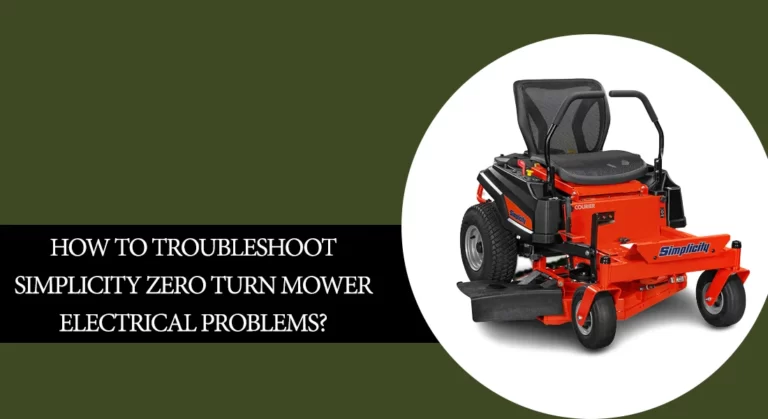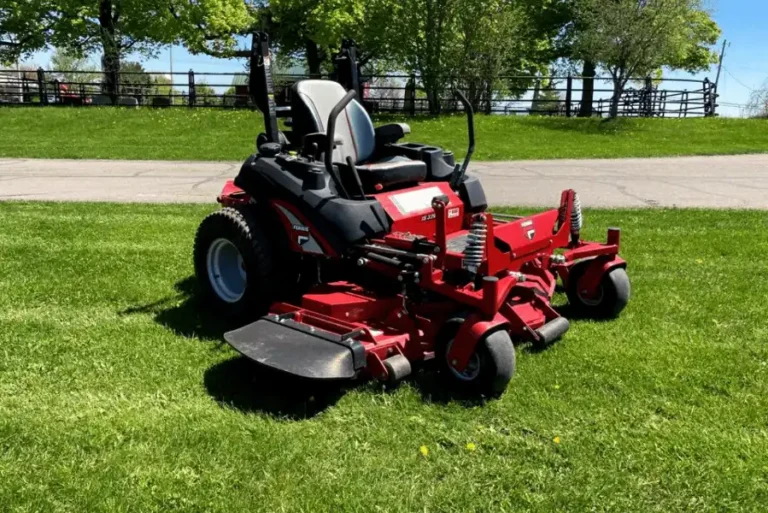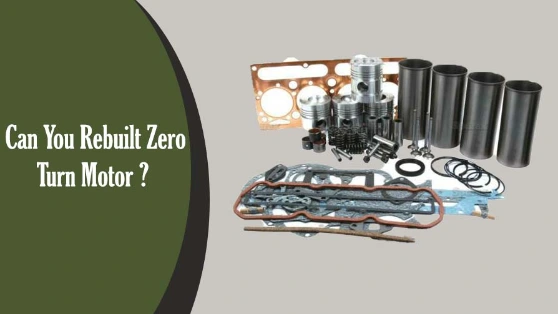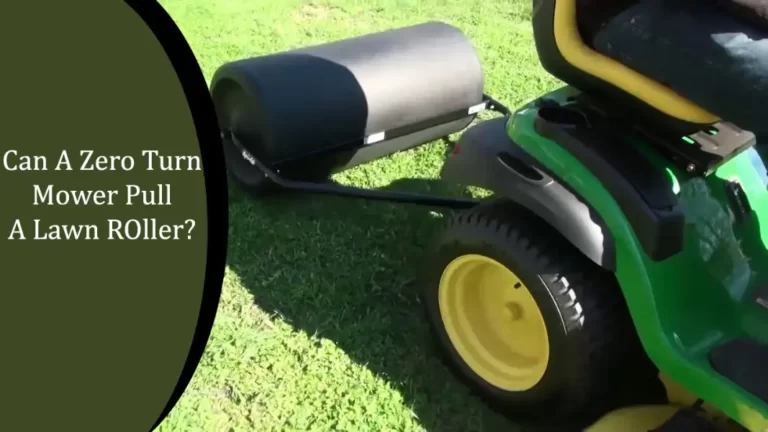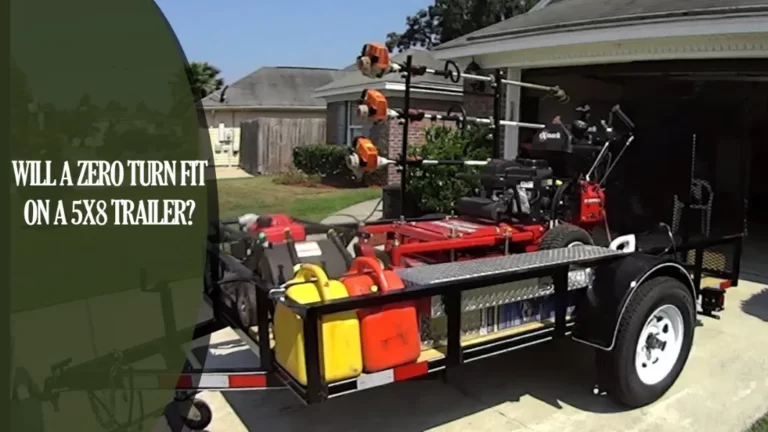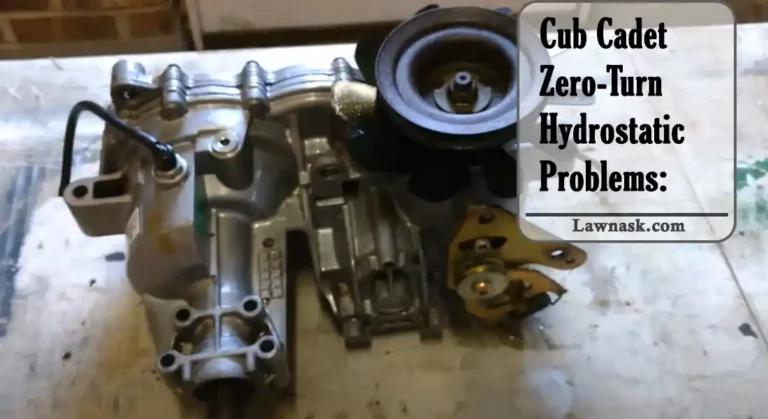Zero Turn Mower Won’t Go Forward or Reverse! How to Fix It?
A zero-turn lawnmower is a durable and efficient lawnmower. Yet it might be frustrating if a zero-turn mower won’t move forward or backward, stopping you from taking care of your grass.
This might occur for several reasons, such as problems with the drive belt, air filter, engine oil, parking brake, gearbox, or fuel line.
In this article, these probable reasons for the issue – “Zero Turn Mower Won’t Go Forward or Reverse” will be explained and some troubleshooting advice will be offered to get your zero-turn lawnmower back in working order.
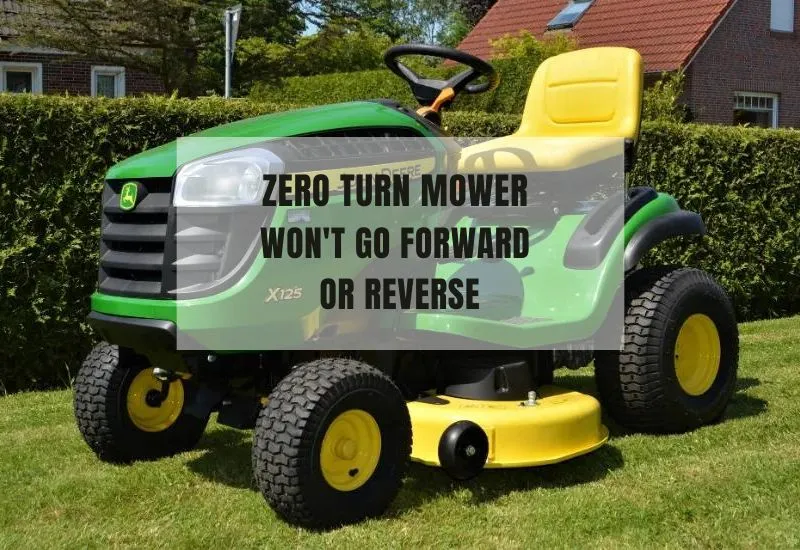
Why Won’t the Zero Turn Mower Go Forward or Reverse?
- Parking Brake Engaged: If the parking brake is engaged, the mower will not move.
- Engine Issues: If the engine isn’t working correctly, it won’t be able to move the mower.
- Low Hydraulic Fluid: The mower will not operate forward or backward if the fluid level is low.
- Problems with the Hydrostatic Transmission: If the hydrostatic transmission system is broken or malfunctioning, the mower will not go in either direction.
- Blocked Air Filter: A blocked air filter might cause the engine to stall and prevent the mower from moving.
- Drive Belt Malfunction: If the drive belt is damaged or broken, the mower will not move.
- Malfunctioning Steering Controls: For a zero-turn mower to drive forward or reverse, the steering controls must be operational.
6 Reasons Zero Turn Mower Won’t Go Forward or Reverse (Easy Fixes Included)
1. Engine Stalling
The mower may abruptly or unexpectedly cease moving if the engine stalls regularly. This may be risky, particularly if the mower is traveling quickly.
This may happen due to a faulty or bad spark plug.
The Fix
Check your spark plug properly. Replace it if necessary because a bad spark plug might affect how your engine performs.
You should also clean properly since the engine performance may suffer if the air filter gets blocked over time.
2. Released Parking Brake
The transmission cannot transmit power to the wheels or the mower can’t move if the parking brake is on.
While the mower is stopped, the parking brake may not hold it in place and may not allow it to move forward or backward if it is not working properly.
Lastly, the parking brake may deteriorate or wear down with time, which might affect how the zero-turn mower moves.
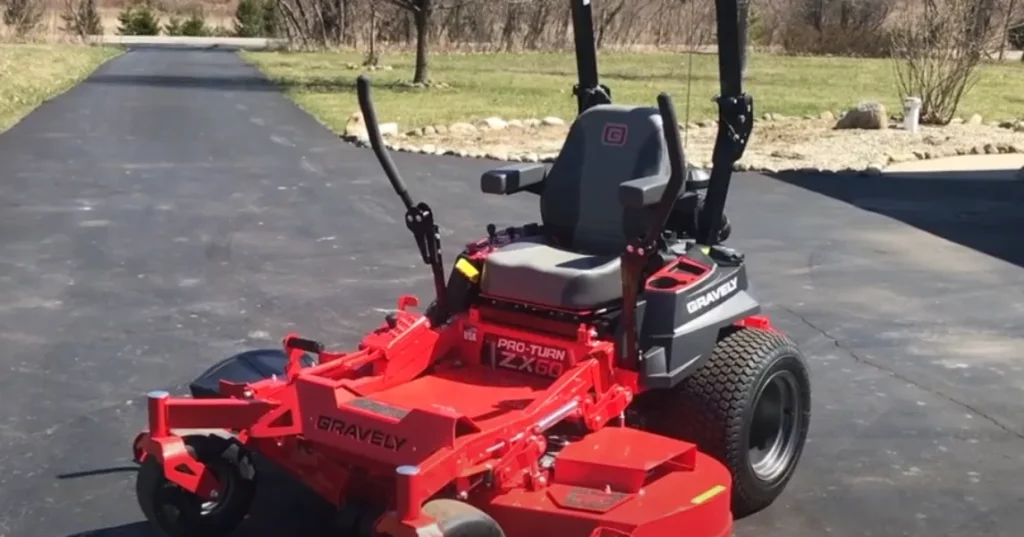
The Fix
Verify that the brake pedal or lever is fully depressed and that nothing is getting in the way of the brakes disengaging completely. Adjustments can be necessary if the parking brake is not disengaging or engaging properly.
There may be a need for a replacement parking brake if it is worn out or broken.
The parking brake might become dysfunctional due to corrosion, dirt, or debris. The machinery should be properly cleaned and lubricated as necessary.
3. Faulty Transmission
The transmission might malfunction and stop the lawn mower from moving if the fluid level is too low or if it is polluted.
The zero-turn mower may have trouble moving as a result of the gears, axles, and other parts of the transmission wearing down or becoming broken over time.
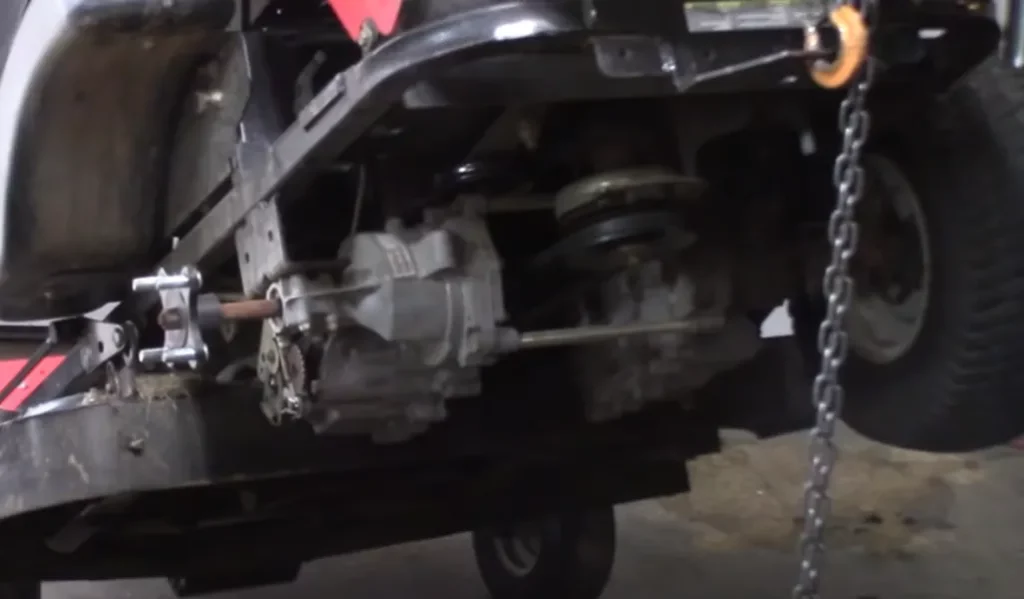
The Fix
It can be necessary to replenish or replace the transmission fluid if the level is low or the fluid is contaminated. For information on the right fluid kind and level, refer to the manufacturer’s instructions.
It can be essential to fix or replace worn-out or damaged gears, axles, or other transmission parts.
It may be required to fix or replace the hydraulic pumps if they are not operating properly. Also, because this repair is more complicated, a qualified mechanic could be needed.
4. Damaged Drive Belt
The drive belt may wear out or suffer damage over time, which may cause it to slip or break. The transmission may not be able to connect with the wheels due to a sliding or damaged drive belt, rendering the mower immobile.
The drive belt might slide or disengage due to a loose or out-of-place belt, which prevents the gearbox from locking onto the wheels.
The zero-turn mower may have trouble moving if the drive belt is not mounted properly.
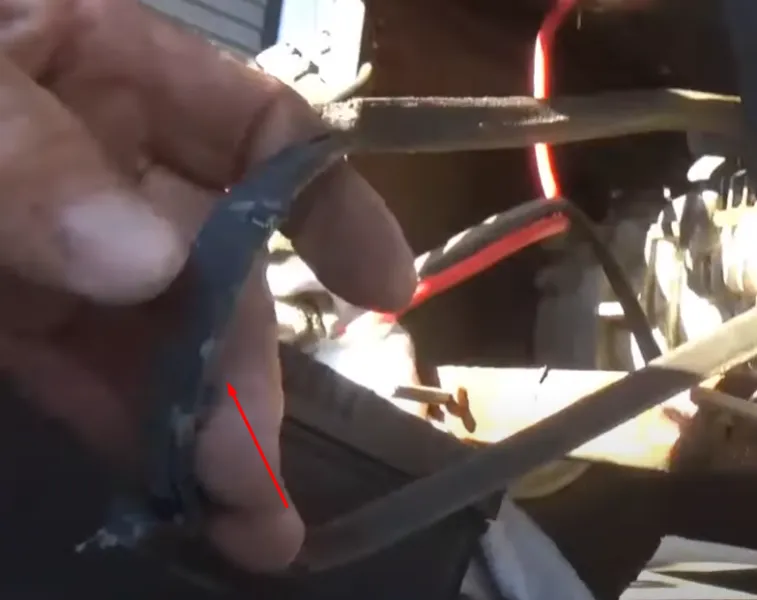
The Fix
The drive belt could need to be replaced if it is worn out, damaged, or broken. For information on the right kind and size of belt, consult the manufacturer.
It could be necessary to tighten the drive belt’s tension if it is too slack. For the right tension, according to the manufacturer’s guidelines.
To ensure that the drive belt is engaging properly, it could be necessary to reposition it if it is out of alignment.
5. Malfunctioning Hydraulic Pump

It’s possible that a malfunctioning hydraulic pump won’t produce enough pressure to efficiently drive the hydraulic motors. The mower may thus go slowly or sluggishly as a result.
The mower won’t move at all if the hydraulic pump fully breaks since there won’t be any pressure to drive the hydraulic motors.
All of the hydraulic motors might not get the same amount of pressure from a broken hydraulic pump. As a result, the mower may travel unevenly or turn more readily in one direction than the other.
The Fix
Look for leaks in any hoses, fittings, and connections, and fix or replace any broken parts on the hydraulic pump.
Verify the hydraulic fluid’s cleanliness and debris-free condition, as well as that the level is enough. Examine the hydraulic pump and motor for wear or damage also.
The hydraulic pump may have problems if the hydraulic filter is blocked over time. The filter should be examined, and if necessary, replaced.
6. Poor Engine Performance
The mower might not be able to travel forward or backward if the engine isn’t producing enough power to do so.
Fuel economy may be poor if the engine is not operating effectively. The mower may stop abruptly or not move at all as a result of the mower running out of gasoline more rapidly.
The Fix
Ensure sure the fuel system is spotless and debris-free. If required, inspect the fuel filter and replace it. If extra oil is required, check the oil level and apply it.
Tips and Techniques for Maximizing Your Zero Turn Mower’s Movement
Here are some pointers and tactics to assist you to maximize your zero turn mower’s movement:
- Maintain your lawnmower in good condition.
- Use the proper gasoline.
- Check the tire pressure.
- Change the deck height.
- Inspect the air filter.
- Evaluate the spark plug.
- Maintain the blades.
- Choose the appropriate mowing speed.
- Effectively use the mower’s controls
- Exercise effective and safe turning
- Don’t overload the mower;
- Correct the tracking;
- Don’t mow when it’s raining.
- Use the appropriate attachments,
Related Post: Zero Turn Mower in Sandy Soil (Face Difficulties?!)
Frequently Asked Questions (FAQs)
How can I tell whether my zero turn mower’s movement problems are due to the control arm?
Check the control arm for wear or damage, make sure it’s attached correctly, and examine the electrical connections to see whether the control arm is the problem.
Can the movement of my zero turn mower be affected by the deck height?
The deck height can affect how your mower moves, yes. To guarantee the best performance, adjust the deck height following the topography and the height of the grass.
How frequently should the transmission fluid level in my zero turn mower be checked?
It is advised to check the transmission fluid level in your zero turn mower at least once a year or after 50 hours of use.
Related Posts:
- Troubleshooting guide: Fixing a slow-moving zero turn mower
- Zero-turn mower shutting off when shifting gears
- Troubleshooting guide: Zero-turn mower pulling to one side
- Step-by-step guide: Putting a zero-turn mower in neutral
- Troubleshooting guide: 6 common Raptor zero-turn mower problems and solutions

